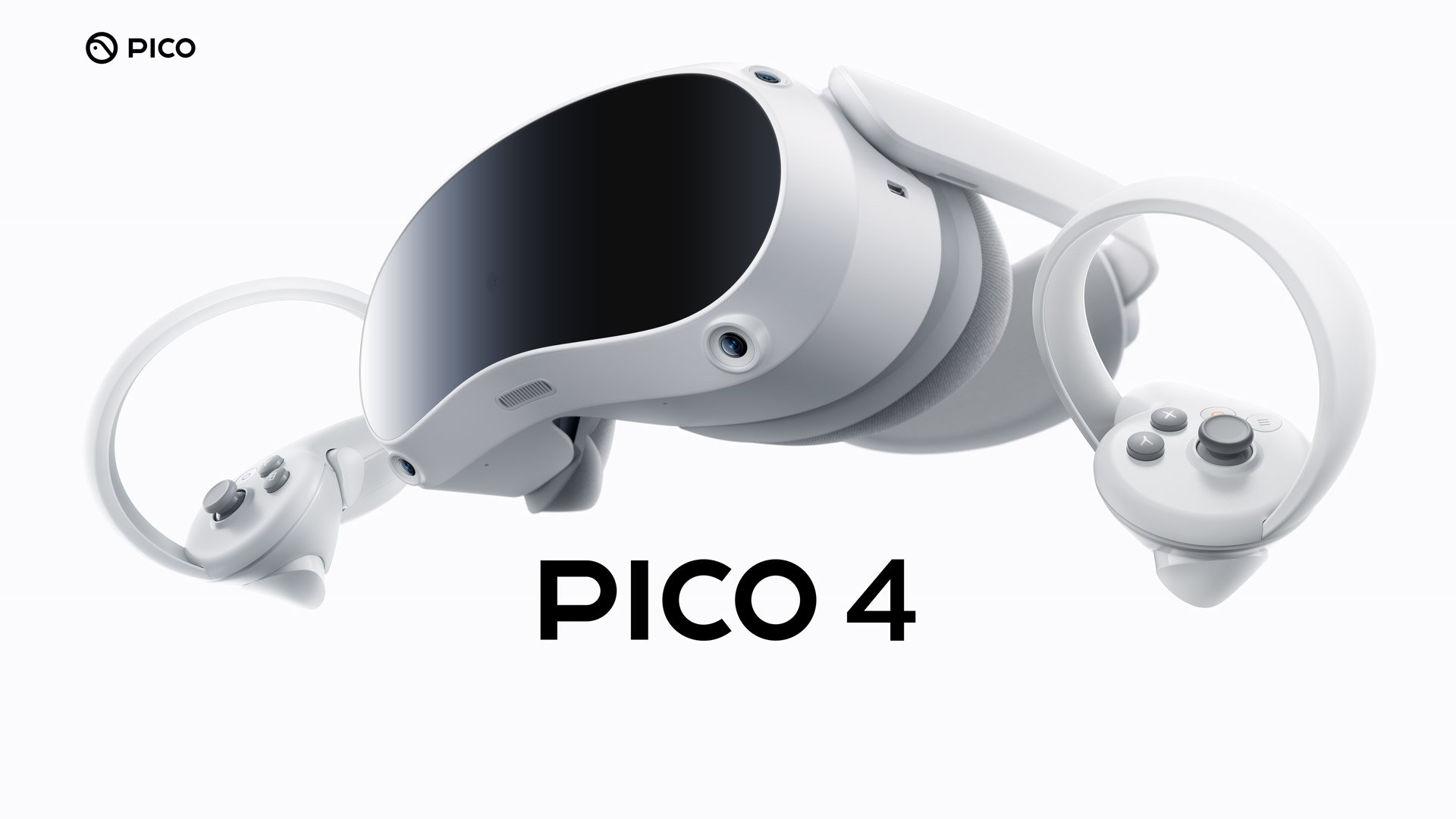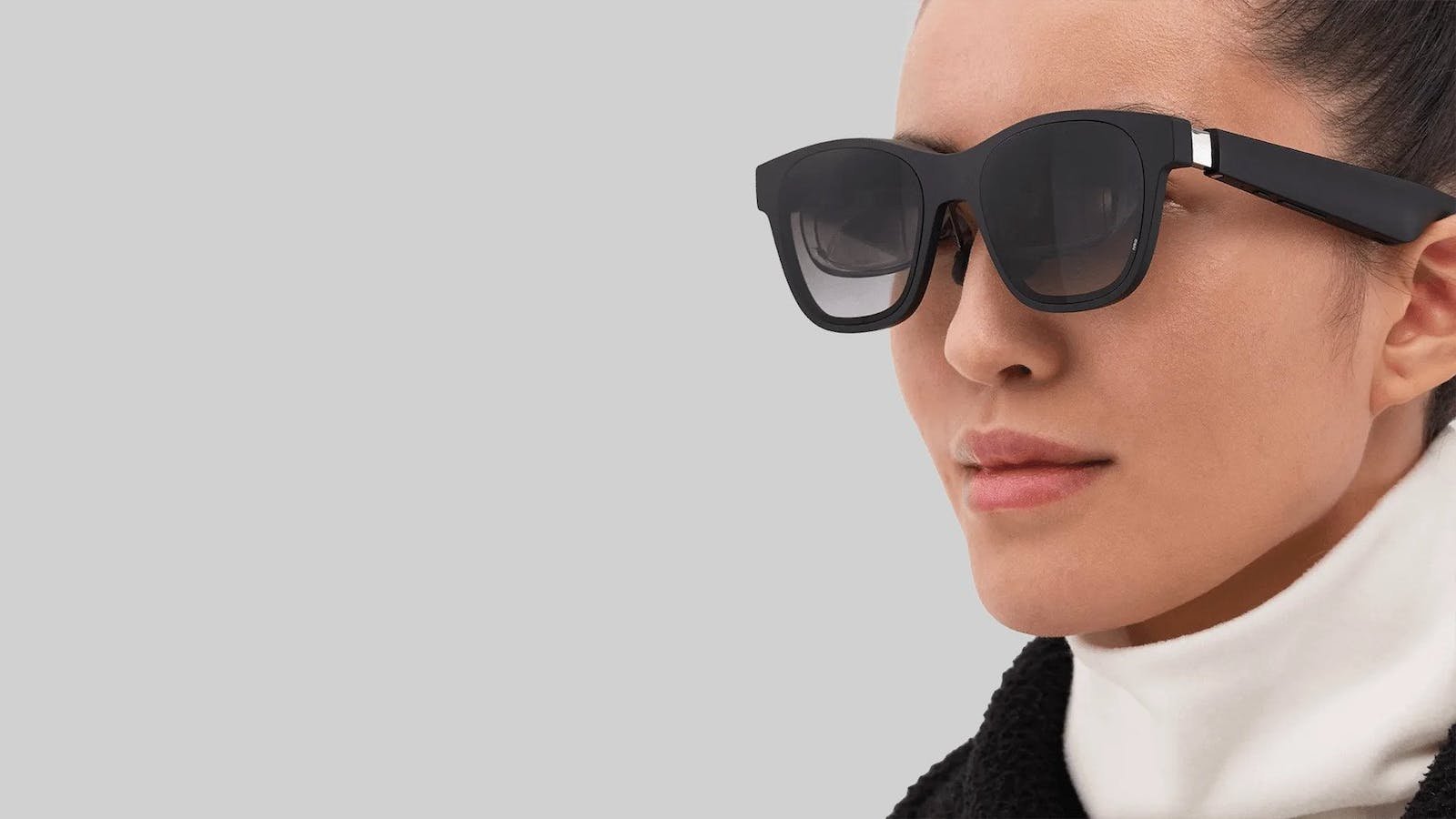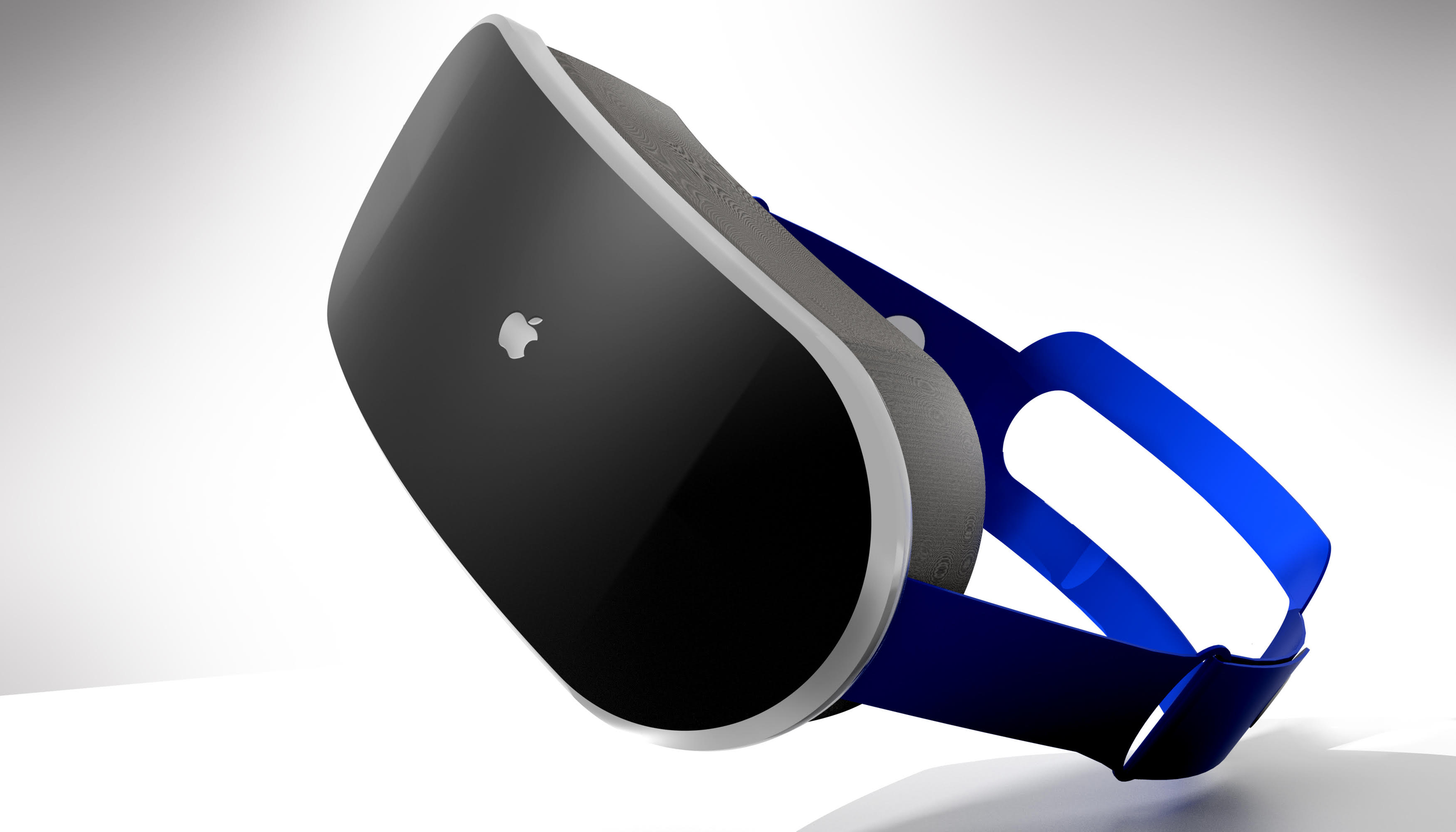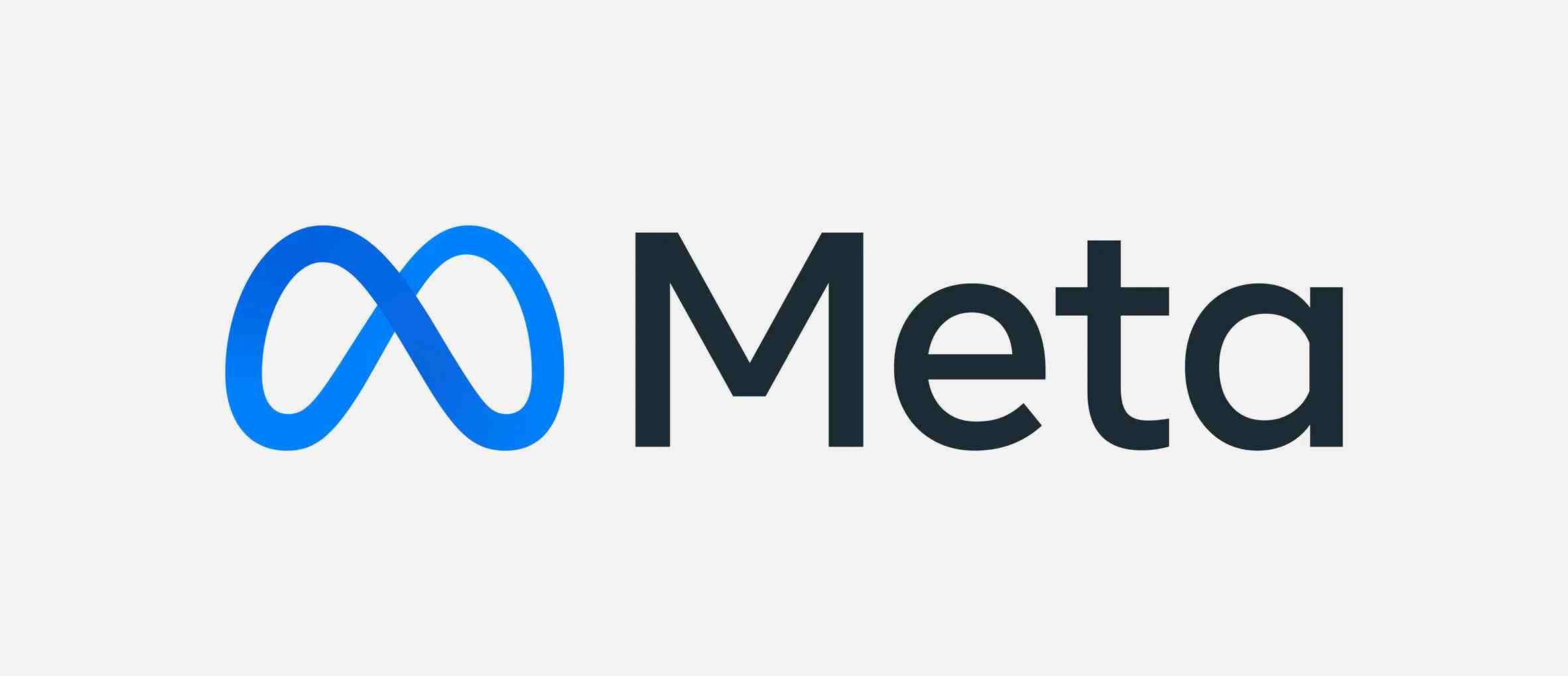A roundup of the VR/AR hardware released in 2022, and what to look out for in 2023
The constant VR, AR, and MR innovations can make it hard to keep track of what’s happening in the industry, even for those of us working in it! So we’ve put together a roundup of this year’s notable hardware releases, plus some we’ll be keeping an eye out for in 2023.
Released in 2022
Meta Quest Pro
Off the back of the success of its affordable Quest 2 headset, Meta ventured into the professional/enterprise market in 2022. The long-awaited Project Cambria, now known as the Quest Pro, was released in October. With prices starting at $1,499.99, the Pro is the company’s most technologically-advanced headset yet, offering full-color mixed reality, facial tracking, and ‘pancake optics’ (thinner, lighter and clearer lenses for a more comfortable viewing experience), powered by a Snapdragon XR2+ Gen 1 processor.
Meta’s vision for the Quest Pro is a virtual office, where users can meet up with co-workers and toggle between full VR and AR. Its price point makes it an expensive investment for the everyday VR enthusiast. But for professionals in the space, it's an interesting option, especially considering the partnership with Microsoft which will bring new productivity tools to Quest Pro.
Pico 4
The Pico 4 is perhaps the only headset on this list that is a genuine competitor to Meta Quest 2. At a very affordable $379, the Pico 4 is a standalone headset with no computer required for use. Also powered by the same Qualcomm Snapdragon XR2 processor as the Quest 2, the Pico 4 features a 4K level 90Hz display, 105-degree FOV, full color mixed reality (like the Quest Pro), and super light design weighing 256g. The Pico VR game store is not as established as Meta’s library, but it still has some big names like Red Matter, Fruit Ninja and Warhammer. You can also connect to SteamVR and access everything available there.
Credit: Pico
Magic Leap 2
Released in September, the Magic Leap 2 starts at $3,299 and is described as the ‘next generation enterprise augmented reality platform’. It is one of the AR industry’s smallest and lightest devices built for enterprise use, with the largest field of view (up to 70° diagonal). It improves upon the pain points of the original Magic Leap device, including a new feature called Dynamic Dimming that controls how much real-world light enters the headset for better and sharper visuals in lighter settings.
The device also offers a Developer Pro model for $4,099 with developer tools, sample projects, and monthly early releases for development and test purposes. There is also an Enterprise edition at $4,999, targeted for environments that require large-scale IT deployments and robust enterprise features.
Nreal Air AR
Despite being marketed as augmented reality glasses, the absence of cameras on the Nreal Air limits functionality. Instead, similar to the ThinkReality T1 glasses coming in 2023 (mentioned later in this article) these glasses act as a cinema-like extension to your smartphone or mobile device and mimic a 130-inch HD display. Speakers hidden in the glasses’ stems provide a good audio experience, but TechRadar suggests using them with your own wireless headphones for more privacy. They are geared toward people who have a long commute or travel a lot and want to improve their entertainment experience, but those who don’t, may not want to fork out the $375 for such limited capabilities.
Credit: Nreal
Huawei Smart Vision Glass
During the 2022 World Conference on the VR Industry in Nanchang, Jiangxi, Huawei announced Smart Vision Glass, a device designed for streaming media. Like the Nreal Air and ThinkReality T1, these are not truly ‘virtual reality’ glasses, and are more like a virtual extension of your smartphone’s existing display. The glasses are billed to reproduce 120-inch colour-accurate images giving the effect of a holographic display in front of the user’s eyes. According to Huawei, Vision Glass utilises Micro OLED panels that operate at 1,920 x 1,080 pixels and 480 cd/m². Similarly, the smart glasses should cover at least 90% of the DCI-P3 colour space and offer Low Blue Light certification to reduce eye strain. There are no details on pricing yet, but the company plans to distribute the device this month.
Credit: Huawei
Coming in 2023
Apple’s XR offering
The most recent update regarding Apple’s VR/AR headset is that it could begin manufacturing as soon as March 2023. This headset is not aimed at your everyday VR enthusiast, with a price point slated between $2,000 and $3,000, with a limited quantity available.
Rumors suggest that the headset could contain 12 tracking cameras, two 8K displays and LIDAR sensors, and others are speculating that it may also include eye tracking for foveated rendering (technology that renders that reduces the quality of the visuals you aren’t looking at in VR, and only renders the parts you are looking at. This improves overall performance). However, any details at this time are purely predictions and we’ll have to wait until the New Year for any concrete details.
Apple entering the XR market will be a pivotal moment, as the brand power and consumer trust that the brand has will make mixed-reality headsets a must-have accessory for those invested in the Apple ecosystem.
Apple’s XR Headset Concept. Credit: Tom’s Guide
Meta Quest 3
Not to be confused with the recently released Quest Pro, the Quest 3 will be a successor to the Meta Quest 2, which provided a lighter, faster, and more impressive immersive experience for gaming enthusiasts. Not much is known about the Quest 3 yet, but we can be sure that it will be a more streamlined version of the Quest 2, likely with extended battery life, better optics, and perhaps eye tracking.
Credit: Meta
PlayStation VR 2
Slated for release in February 2023, the PlayStation VR 2 headset is hotly anticipated. The biggest upgrade from the first PSVR headset is the resolution. PSVR2 sports 2000 x 2040 per eye in OLED HDR compared to its predecessor's 960 x 1080 per eye RGB OLED. This should offer players a deeper level of immersion. Another big change is the camera system - the headset has four cameras built into the front of the display. So unlike its predecessor, you won't need to set up external cameras to follow your movements.
Many gamers are excited about this headset due to the launch titles and exclusive IP games such as Horizon Call of the Mountain. At $550, it’s quite an investment, but it slots into a reasonable market position in terms of comparable headsets like Valve Index. The added features of PSVR2, such as headset haptics and superior controllers, will also appeal to gamers.
Credit: Sony
ThinkReality T1
Advertised as a “big screen in your pocket”, the new Lenovo/ThinkReality T1 smart glasses (or ‘private display’) are geared towards on-the-go content consumption. Compatible with most smartphones, tablets, and laptops, the glasses offer high image quality, high-efficiency optics for extended battery life, and are lightweight so users can explore and enjoy content well beyond the limited screen size of mobile devices. These glasses are not to be confused with the more expensive ThinkReality A3 Smart Glasses, which utilize fish-eye cameras for room-scale tracking, up to 5 displays, and AR capabilities. Instead, the T1 glasses are a more stripped back, and therefore more comfortable, private display experience.
The glasses are not just for entertainment though, says Lenovo. As hybrid work means people find themselves doing increasing levels of work via mobile devices, these glasses allow users to work on private documents in public places.
The T1 glasses will be available outside of China, in other select markets, in 2023. The price will be announced upon availability, but we expect them to be considerably cheaper than the A3 smart glasses, which sit at $1,349.99.
Credit: Lenovo
Pimax Portal
Described as the World's First Metaverse Entertainment System, the Pimax Portal is an android-based all-in-one gaming device that can switch between various modes: standalone VR, PCVR, mobile gaming, PC gaming, and living room entertainment. Now available on Kickstarter (it surpassed its $200,000 goal), the device features removable controllers, a 5.5-inch screen, a Qualcomm XR2 chip, and 5 tracking cameras on the rear of the device. Slot the device into the Portal View headset, and it can function as a standalone VR device.
Pimax plans to start shipping the Portal and its accompanying accessories in January 2023. Prices start at $299 for just the Portal with early bird pricing and will reach $8,535 for the Distributor Bundle-Portal Qled View.
It’s worth noting that previous hardware releases in this form have not been hugely successful. The Nintendo Labo is a very similar, multifunctional VR headset that hasn’t proven to be popular with VR fans. It will be interesting to see how the Pimax Portal does.
Credit: Pimax








